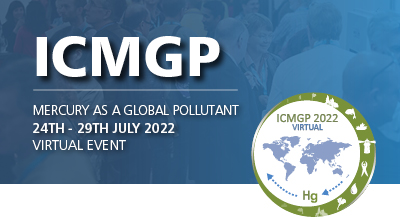| Abstract Title: | Mercury Risk Evaluation, Risk Management and Risk Reduction Measures in the Arctic |
| Presenter Name: | Hans Fredrik Veiteberg Braaten |
| Company/Institution: | Norwegian Institute for Water Research |
| Session: | Risk Assessment of Hg exposure to wildlife, birds and fish |
| Day and Session: | Monday 25th July - Session Four |
| Start Time: | 15:30 UTC |
| Co-Authors: | Hans Fredrik Veiteberg Braaten,Cathrine Brecke Gundersen,Guttorm Christensen,Holger Hintelmann,Una Jermilova,Natalia Frolova,Petr Terentjev,Wayne Landis,Jannicke Moe |
Abstract Information :
The project ?Risk evaluation, risk reduction and risk management action plans for mercury (Hg) in the Arctic ? a circumpolar management approach? (ARCRISK) is developed to address Hg pollution in the Arctic. The main objective is to develop an action plan with targeted risk reduction measures for Hg releases from key sources to land and water in the Arctic, with river study sites in Canada (Mackenzie), Norway (Pasvik), and Russia (Niva and Northern Dvina). The action plan is under development as a joint effort between decision-makers, researchers, industry, indigenous people and local communities, and will facilitate a better management of Hg releases on a local, national, and international level.
The action plan will harmonize with the provisions of the Minamata Convention on Hg and is closely aligned with the purpose of the Arctic Contaminants Action Program (ACAP); to prevent and reduce pollution and environmental risks in the Arctic. Here, we present a probabilistic modelling approach based on the Relative Risk Model, applied for assessing the environmental risk associated with Hg exposure in the Pasvik river catchment. The risk-based approach includes a review of sources and identification of key measures, aimed at recommending concrete reduction measures with high relevance for a larger part of the Arctic. External stressors such as climate change, increased industrialization, and urbanization may further exacerbate the situation e.g. by influencing the natural Hg cycling and should therefore be taken into consideration when assessing Hg releases. Concurrently with the ongoing processes under the Minamata Convention it is crucial to obtain a better understanding of the presence and magnitude of Hg release sources to the Arctic, and the risk associated with these releases, especially to locals and indigenous inhabitants.



